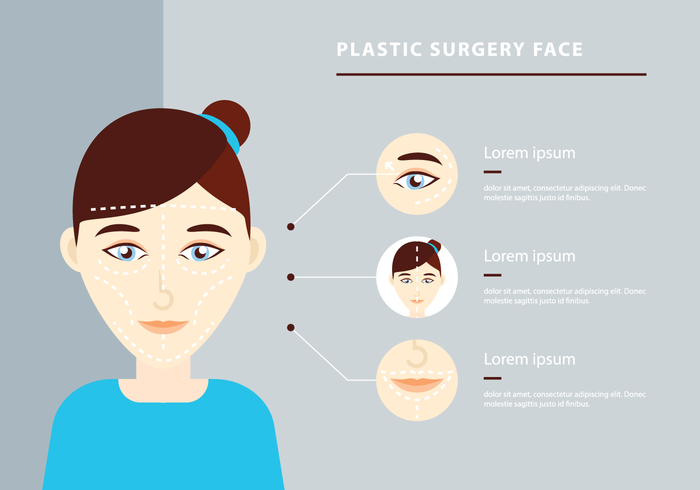The Role Of Collagen Loss In Acne
The Role Of Collagen Loss In Acne
Blog Article
Root causes of Acne on Cheeks
Acne outbreaks in the cheek area are triggered by many points, from touching your face frequently to not changing your pillow case typically enough. Picking at imperfections enhances your risk of infection and scarring, and particular medications can worsen dark places (postinflammatory hyperpigmentation).
Luckily, there are lots of methods to avoid and deal with cheek acne. These include:
1. Hormone Modifications
Acne is greatly brought on by hormonal agents, specifically those generated throughout adolescence and maternity. For some, a family history of acne might likewise contribute to their condition. Anything that blocks pores, such as oil-based skin care products or waxy hair products, can cause acne. Numerous topical therapies, like benzoyl peroxide and salicylic acid, can battle microorganisms and unclog pores. Those with serious or chronic acne ought to seek treatment from their doctor.
Avoid touching or pressing your acne, as this can press several of the germs deeper into the skin, resulting in a more severe outbreak. It is additionally crucial to alter pillowcases frequently and utilize clean makeup brushes. You should additionally attempt to prevent irritants such as friction from putting on a headgear or limited collar.
2. Diet plan
The greasy, sugary foods that many individuals assume trigger acne might really not do so. In fact, researches have actually shown that eating a diet regimen abundant in whole, nutrient-dense foods helps to prevent outbreaks.
Foods high in the glycemic index (such as white bread, corn flakes, blew rice and potatoes, doughnuts and other pastries) elevate blood glucose levels promptly, and this can boost hormones that boost oil manufacturing and cause acne.
Consuming cow's milk has additionally been connected to enhanced acne breakouts. If you are a normal cow's milk enthusiast, you might intend to attempt switching to low-fat or nondairy alternatives that are strengthened with calcium. Furthermore, drinking even more water can assist to decrease acne because it aids to keep the skin hydrated.
3. Excess Oil
While oil is essential for healthy and balanced skin, it can end up being an issue when way too much sebum combines with dead skin cells and blocks pores. This mix can produce blackheads, whiteheads and pimples. The obstructed pore wall surface can break down and spill bacteria, dead skin cells and sebum right into surrounding skin. This results in a red bump called a pimple. Sometimes these red bumps have pus in the facility from a bacterial infection. Bigger contaminated bumps that look like acne are called cysts.
There are lots of things that can create excess sebum and stopped up pores, including hormonal agent fluctuations, diet regimen and everyday habits. Some instances include touching the face regularly, resting your hand on your cheek, making use of filthy make-up brushes and not altering pillowcases on a regular basis.
4. Tension
If you're dealing with pain pimples or a multitude of blackheads and whiteheads, it may be time to speak to a dermatologist. They can advise an efficient therapy that fits your skin kind. Practicing leisure and stress-reduction techniques additionally helps.
Acne can take place in the cheeks due to rubbing and pressure, such as when an individual touches their face frequently or puts on a hat or sports helmet that scrubs against the skin. It can likewise show up where greasy cosmetics and creams rub versus the skin.
Avoid prx skincare pressing acne, as this can push infected product deeper into the skin and bring about scarring. Instead, see a physician to learn about preventative therapies like medication, skin care items and lifestyle adjustments. Eating a healthy diet regimen of whole foods, obtaining seven to nine hours of rest and using noncomedogenic make-up and skin care products can all help in reducing acne breakouts.
5. Hair Products
Hair products are not commonly considered a source of breakouts, however they can add to acne on the cheeks in some people. Pomade acne, which is identified by small closed comedones and papulopustules, is generally caused by using oily hair items that contain comedogenic components such as certain oils and acetylated lanolin.
Selecting hair items that don't include these possibly comedogenic active ingredients is an essential action towards reducing outbreaks. Additionally, ensuring that hair products aren't can be found in contact with the skin can help avoid outbreaks. For example, wearing a headscarf or hood at night can limit hair-to-face get in touch with and lower the likelihood that leave-in hair products will certainly abrade onto the face.
In addition to utilizing a non-comedogenic cream and cleaning with an acne face wash, other practical approaches include: